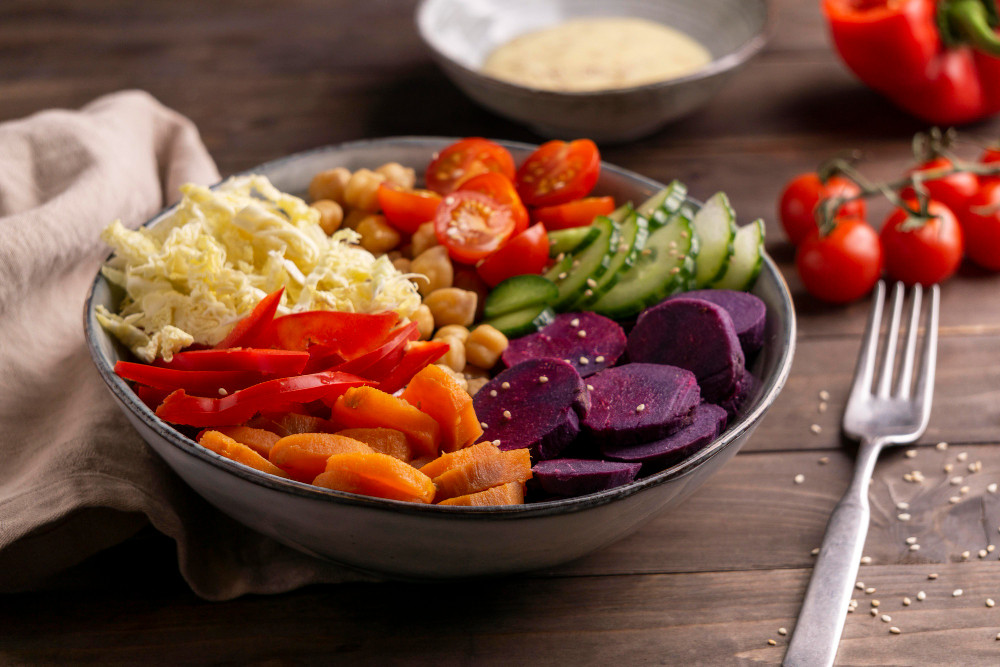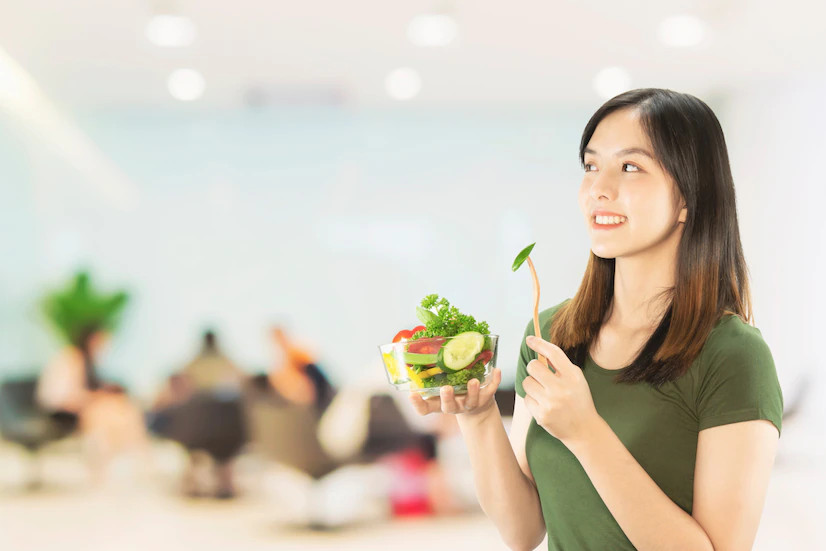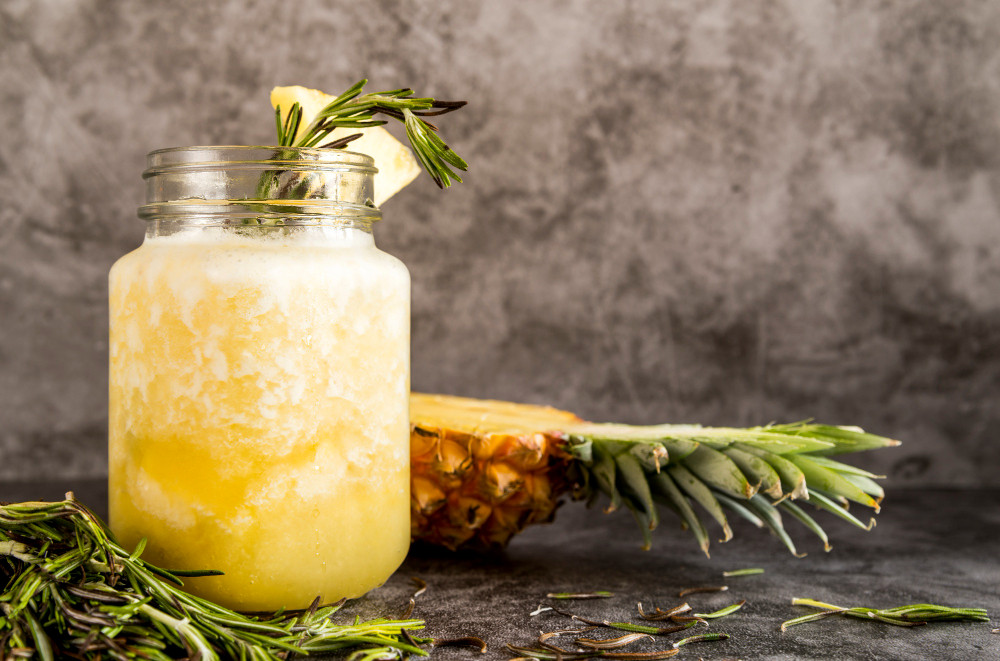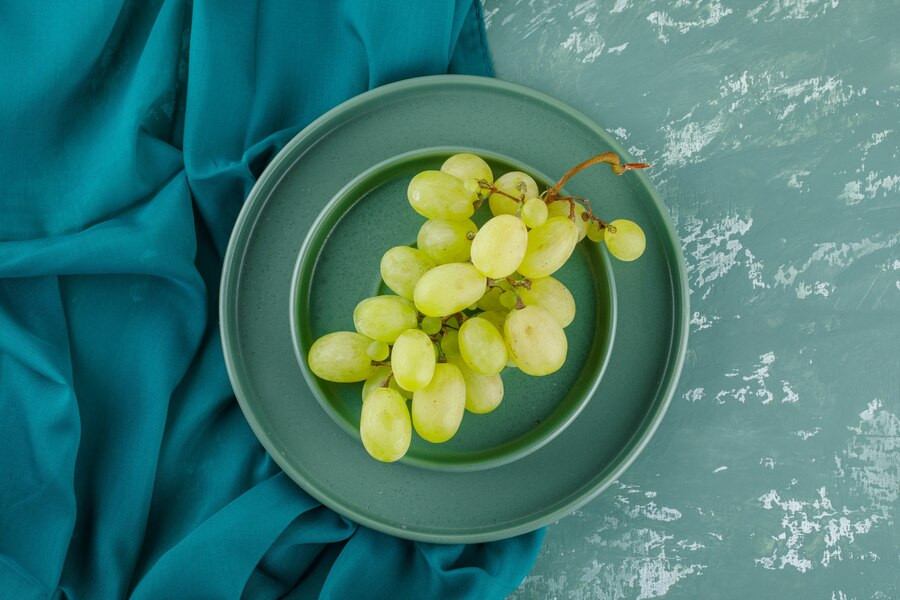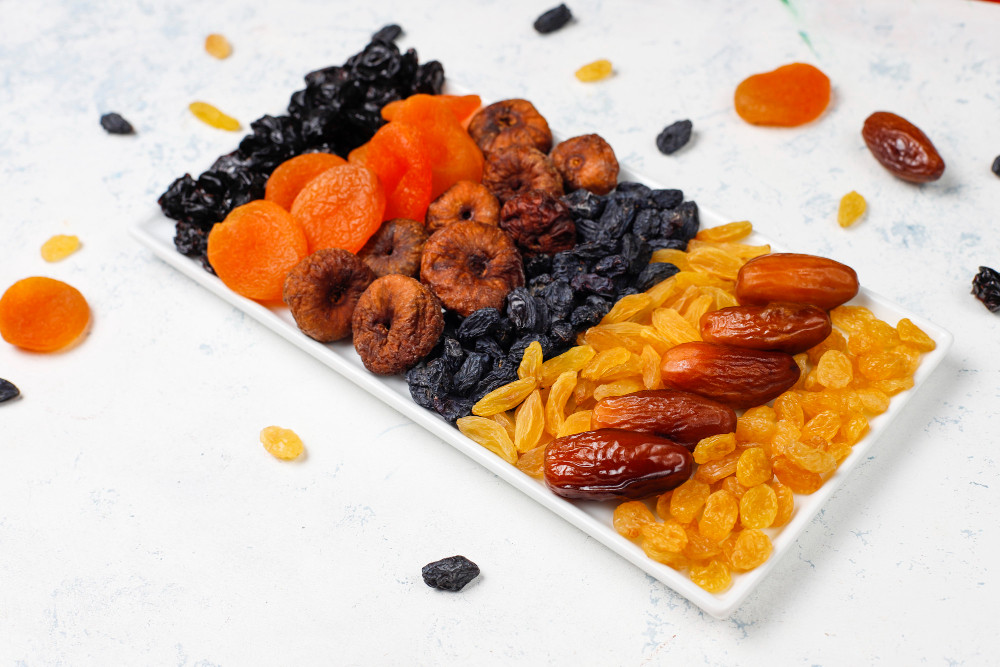There are many dietary methods you can try to lead a healthier lifestyle, and one popular approach is the Rainbow Diet. This diet combines foods based on their colors. What is the Rainbow Diet, and what are its health benefits? Read on to find out. Check out the reviews in the following article.
What is the rainbow diet?
The Rainbow Diet encourages you to eat a variety of fruits and vegetables in different colors. The idea is that each color represents different minerals, vitamins, and antioxidants. By eating a wide range of colorful produce, you ensure a diverse intake of nutrients.
Colors in the rainbow diet and their benefits
Each color in fruits and vegetables represents different phytochemicals and nutrients that offer various health benefits. Here's a breakdown of the colors and their advantages:
Red
Red fruits and vegetables contain lycopene, a natural pigment with antioxidant and anti-inflammatory properties. Lycopene benefits heart health, reduces skin damage from sunlight, and lowers the risk of certain cancers.
Red foods also provide folate, potassium, and vitamins A, C, and K1. Examples include:
- Tomatoes
- Watermelon
- Red guava
- Grapefruit
Yellow and orange
Yellow and orange vegetables are rich in carotenoids, such as beta-carotene and alpha-carotene, which are forms of vitamin A. These nutrients are beneficial for eye health and reduce the risk of heart disease.
These colorful vegetables also provide fiber, potassium, folate, and vitamins A and C. Examples include:
- Carrots
- Sweet potatoes
- Yellow bell peppers
- Bananas
- Oranges
- Squash
- Corn
Green
Green vegetables contain chlorophyll and carotenoids. Cruciferous vegetables like broccoli and cabbage are high in indoles, isothiocyanates, and glucosinolates, which help reduce the risk of cancer and heart disease.
Green vegetables include:
- Spinach
- Kale
- Broccoli
- Asparagus
- Green cabbage
- Cuciwis
Blue and purple
Blue and purple vegetables are rich in anthocyanins, antioxidants that boost brain function and lower the risk of heart disease, nerve disorders, type 2 diabetes, and certain cancers.
Examples include:
- Blueberries
- Blackberries
- Grapes
- Eggplant
- Plums
Dark red or purple
Dark red or purple vegetables, like beets, contain betalains, which act as antioxidants, anti-inflammatory agents, and anti-cancer compounds.
White or brownish yellow
Although not as vibrant, white or brownish-yellow vegetables contain anthoxanthins, which help lower cancer risk, support digestive health, have anti-inflammatory properties, and promote heart health. Examples include:
- Cauliflower
- Garlic
- Leeks
- Onions
- Sweet potatoes
- Mushrooms
How to follow the rainbow diet
The Rainbow Diet is easy to implement. Aim to include 2-3 different colored fruits or vegetables in each meal, and choose one type for snacks between meals. For example:
- Breakfast: Omelet with spinach, mushrooms, and orange bell peppers
- Snack: Banana, vegetable juice, apple, and peanut butter
- Lunch or Dinner: Chicken with roasted sweet potatoes, sautéed spinach, and garlic
The Rainbow Diet recommends combining various colored fruits and vegetables to get a variety of antioxidants. These antioxidants help combat the harmful effects of free radicals, which can lead to chronic diseases. Before starting the rainbow diet, consult with a doctor or nutritionist to ensure that it is appropriate for your needs and health condition.
If you need medical advice or consultation, you can either visit a doctor or make use of the consultation features that are available in the Ai Care application by downloading the Ai Care application from the App Store or Play Store.
Looking for more information about nutrition, food, and other diet tips? Click here!
- Sean Edbert Lim, MBBS
Health Harvard. (2019). Phytonutrients: Paint your plate with the colors of the rainbow. Available from: https://www.health.harvard.edu/blog/phytonutrients-paint-your-plate-with-the-colors-of-the-rainbow-2019042516501
Davidson, K. (2020). Eating the Rainbow — Is It Useful and Should You Try It?. Available from: https://www.healthline.com/nutrition/eat-the-rainbow
Blain, T. (2022). Feel Good Foods: The Diet-Brain Connection. Available from: https://www.verywellmind.com/foods-for-brain-health-5323880
Panoff, L. (2023). The Key to a Healthy Diet? Making It Your Own. Available from: https://www.verywellhealth.com/healthy-diet-7974009

